Mastering the art of coffee can be a delightful journey, whether you’re a beginner or a seasoned enthusiast. The first step to a fantastic cup is selecting the right coffee beans. With so many varieties available, understanding the unique characteristics of each type can truly elevate your brewing experience.
Once you’ve chosen your beans, the next crucial element to consider is water. The quality and temperature of the water you use can significantly impact the extraction process, which ultimately influences the flavor of your coffee. It’s amazing how the simple act of brewing can transform with the right techniques and knowledge.
In this article, we’ll dive into the essentials of selecting coffee beans, the science behind roasting, and the various extraction methods that can enhance your coffee ritual. You’ll also learn how to preserve the freshness of your beans and explore the diverse coffee cultures around the world.
So, grab your favorite mug and let’s embark on this flavorful adventure together! Your perfect cup of coffee is just a few steps away.
- Discover the different types of coffee beans and their unique characteristics.
- Learn how water quality and temperature affect the extraction process.
- Explore proper storage methods to maintain the freshness of your coffee.
The Importance of Choosing Coffee Beans
Types of Beans and Their Characteristics
When it comes to coffee, the type of beans you choose plays a huge role in the final flavor of your brew. The two most common varieties are Arabica and Robusta. Arabica beans are often favored for their smooth, sweet taste and complex flavor profiles. They tend to have a higher acidity, which can bring out fruity or floral notes. On the other hand, Robusta beans are known for their strong, bold flavor and higher caffeine content. They typically have a nuttier taste and create a thicker crema, making them a favorite for espresso lovers.
Another interesting aspect to consider is the origin of the beans. Coffee grown in different regions can have unique characteristics influenced by factors like altitude, climate, and soil. For instance, Ethiopian coffee is often bright and fruity, while Colombian coffee tends to be well-balanced with a mild flavor. Understanding these differences can help you select beans that match your personal taste preferences.
Once you’ve identified the type of beans you enjoy, it’s essential to think about the roast level. Light roasts preserve the natural flavors of the beans, while medium roasts offer a balance of acidity and body. Dark roasts provide a bold, smoky flavor, often masking the original characteristics of the bean. Experimenting with different roast levels can open up a whole new world of coffee experiences.
So, whether you’re brewing a simple cup at home or creating a café-style drink, the right choice of beans can significantly enhance your coffee journey. Picking the right beans is just the beginning of a delightful adventure.
- Understand the differences between Arabica and Robusta beans.
- Explore the impact of bean origin on flavor.
- Experiment with various roast levels to find your ideal taste.
How to Maintain Freshness
Once you’ve selected your favorite coffee beans, keeping them fresh is crucial for a great cup. Coffee is best enjoyed within a few weeks of roasting, so proper storage is key. One of the best ways to maintain freshness is by storing your beans in an airtight container, away from light, heat, and moisture. A dark cupboard or a dedicated coffee canister can work wonders in preserving flavor.
Another important factor to consider is the grind size you use before brewing. Grinding your beans just before you brew can make a noticeable difference in taste. If you’re not brewing immediately, try to keep the beans whole until you’re ready to enjoy your coffee. This way, you can retain more of those delicious flavors that make each cup special.
- Use an airtight container to store your coffee beans.
- Keep beans in a cool, dark place to prevent spoilage.
- Grind beans just before brewing for maximum freshness.
The Science and Art of Roasting
The Roasting Process
Now that you’ve chosen your coffee beans, it’s time to explore the fascinating world of roasting. The roasting process is where the magic truly happens, transforming green coffee beans into the aromatic, flavorful beans we know and love. During roasting, the beans undergo a series of chemical changes as they are heated to high temperatures. This not only develops their flavor but also affects their color and aroma.
As the beans roast, they lose moisture and begin to crack. This is the first sign that they are transitioning from raw to roasted. The time and temperature at which the beans are roasted can vary widely, resulting in different flavor profiles. It’s essential to understand that the roasting process is an art form that requires precision and skill. Roasters need to monitor the temperature closely to achieve the desired roast level, whether that’s a light, medium, or dark roast.
The end result of the roasting process has a profound impact on the extraction. The way the beans are roasted influences how water interacts with them during brewing. Factors such as surface oils and the physical structure of the beans play a significant role in how flavors are extracted, leading to a rich and satisfying cup of coffee.
- The roasting process transforms green beans into flavorful coffee.
- Temperature and time are crucial for achieving the desired roast level.
- Roasting affects how coffee flavors are extracted during brewing.
How Roast Level Affects Flavor
The roast level of your coffee beans is not just a matter of personal preference; it significantly alters the flavor profile of your brew. Light roasts retain more of the beans’ original characteristics, allowing you to taste the unique flavors tied to their origin. These coffees often have bright acidity and fruity notes, making them a favorite among those who appreciate nuanced flavors.
On the other hand, dark roasts tend to have a bolder, more robust flavor. The longer roasting time can mask some of the beans’ original notes, leading to a more uniform taste. This might be appealing if you enjoy a strong cup of coffee, but it’s essential to remember that you may miss out on the intricate flavors that lighter roasts offer. By understanding how the roast level influences flavor, you can experiment with different styles to find the perfect match for your palate.
As you continue your coffee journey, pay attention to how roast levels impact your brewing experience. This knowledge will help you make informed choices when selecting beans, ensuring that every cup you brew is a delightful exploration of flavors.

If you found this exploration of the roasting process intriguing, you might also appreciate the insights in the article titled Discover the Perfect Coffee Grind for an Amazing Home Brew!. It delves into the importance of coffee grind size and how it impacts the overall flavor and brewing experience, enhancing your coffee journey even further.
- Light roasts highlight the beans’ original flavors and acidity.
- Dark roasts provide a bold, consistent flavor profile.
- Understanding roast levels enhances your overall coffee experience.
Techniques for Coffee Extraction
Types of Extraction Methods
Now that you’ve mastered the selection of your beans and the nuances of roasting, it’s time to delve into the extraction process. This crucial step is where all the previous work comes together to create that perfect cup of coffee. There are several extraction methods, each offering a unique flavor profile and experience.
Common methods include drip brewing, French press, espresso, and pour-over. Each technique utilizes water in a different way, leading to variations in flavor, strength, and aroma. For example, the French press allows coffee grounds to steep in hot water, resulting in a full-bodied flavor. In contrast, espresso uses high pressure to extract flavors quickly, creating a concentrated shot that serves as the base for many coffee drinks.
Understanding these methods can help you choose the right one based on your taste preferences and the beans you’ve selected. Experimenting with different techniques not only enhances your brewing skills but also invites you to explore the diverse world of coffee flavors.
- Explore various extraction methods like drip, French press, and espresso.
- Understand how each method influences flavor and strength.
- Experiment with different techniques to discover your personal favorites.
Importance of Water Quality and Temperature
As you dive deeper into the art of coffee extraction, it’s essential to recognize the role of water quality and temperature. Many enthusiasts overlook this aspect, but it can significantly affect the overall flavor of your coffee. The water you use should be clean and free from any impurities that might alter the taste. Filtered or bottled water can often yield better results than tap water, which may contain minerals or chemicals that interfere with the coffee’s delicate flavors.
Water temperature is another critical factor. Generally, the ideal brewing temperature hovers around 195 to 205 degrees Fahrenheit. If the water is too hot, it can extract bitter compounds from the coffee, while water that’s too cool may lead to under-extraction, resulting in a weak and watery brew. Finding the right balance is key to achieving that rich, satisfying flavor you’re after.
Taking the time to consider both the quality and temperature of your water can elevate your coffee experience to a whole new level. So, the next time you brew, pay attention to these details, and you might be pleasantly surprised by the transformation in taste.
- Use clean, filtered water for the best flavor.
- Maintain the ideal water temperature for optimal extraction.
- Experiment with different water qualities to find your perfect brew.
As you explore these extraction techniques and the importance of water, keep in mind that the journey of coffee is vast and full of surprises. Every cup is a new opportunity to learn and enjoy, leading to endless possibilities in your coffee adventures.
Coffee Storage and Culture
Proper Storage Methods
Now that you’ve gone through the essentials of selecting beans, roasting, and extraction, let’s dive into an equally important aspect: how to store your coffee to keep it fresh and flavorful. Proper storage methods can make all the difference when it comes to enjoying your favorite brew.
Coffee beans are sensitive to light, heat, moisture, and air, which can cause them to lose their delightful flavors quickly. To maximize freshness, consider using an airtight container to store your beans. This can help prevent oxidation and keep those aromatic oils intact. A cool, dark place is ideal for storage; think of a cupboard away from the oven or direct sunlight.
Another tip is to buy coffee in smaller quantities. This way, you can ensure that you’re always brewing with fresh beans. If you find yourself with more coffee than you can consume in a few weeks, consider freezing the excess. Just remember to divide it into portions before freezing to avoid having to thaw the entire bag at once.
- Use an airtight container to prevent oxidation.
- Store coffee in a cool, dark place away from heat and light.
- Buy in smaller quantities for maximum freshness.
Characteristics of Coffee Cultures Around the World
As you explore the world of coffee further, you’ll discover that each region has its own unique coffee culture, showcasing distinct flavors and brewing traditions. In countries like Ethiopia, coffee is not just a drink but a cherished ritual. The traditional coffee ceremony involves roasting the beans right in front of guests, which adds a special touch to the experience.
In contrast, Italy takes pride in its espresso culture, where coffee is often enjoyed quickly at a bar. Here, the focus is on quality and craftsmanship, with baristas mastering the art of espresso extraction. Each culture adds its own flair to how coffee is enjoyed, influencing everything from the brewing method to the type of beans used.
Understanding these cultural nuances not only enriches your coffee knowledge but also helps you appreciate the diverse ways people enjoy this beloved beverage around the globe. So, as you sip your next cup, think about the journey it has taken and the traditions it represents.
- Ethiopia is known for its traditional coffee ceremonies.
- Italy emphasizes espresso and quick enjoyment at bars.
- Each coffee culture offers unique brewing methods and flavors.
As you continue your coffee journey, keep these storage tips and cultural insights in mind. You’ll find that they enhance not just the taste of your coffee, but your overall appreciation for this timeless beverage.
Summary
As we wrap up our exploration of coffee, it’s clear that the journey from selecting the right beans to mastering extraction methods is a delightful adventure. Understanding the importance of water quality and temperature is crucial, as these factors play a significant role in the extraction process and the overall flavor of your coffee. By paying attention to these details, you can truly elevate your coffee experience and enjoy every sip.
Remember, whether you’re brewing at home or enjoying a cup at your favorite café, the right combination of beans, water, and extraction methods can lead to a perfect cup that suits your taste. Embrace the diversity of coffee cultures around the world, and let your coffee journey inspire you to experiment and discover new flavors.
- Choosing the right coffee beans is essential for flavor.
- Water quality and temperature significantly impact extraction.
- Proper storage methods help maintain freshness and enhance taste.
We’d love to hear your thoughts! What’s your favorite type of coffee, and how do you approach brewing it? Share your experiences in the comments below!





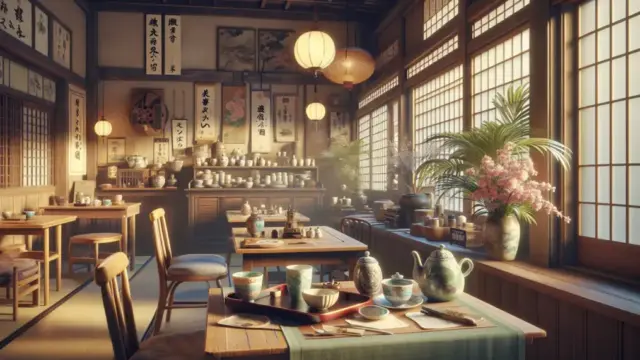

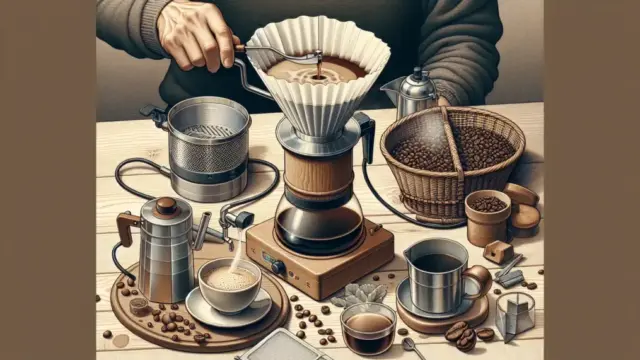



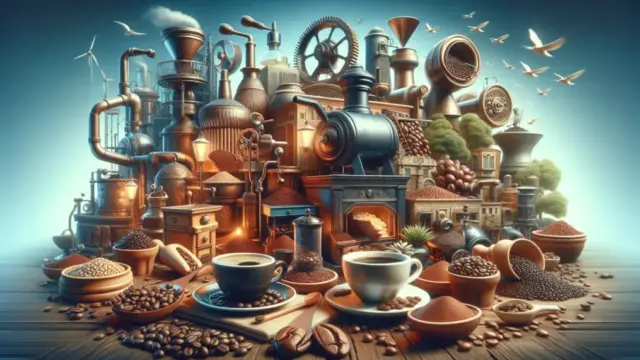




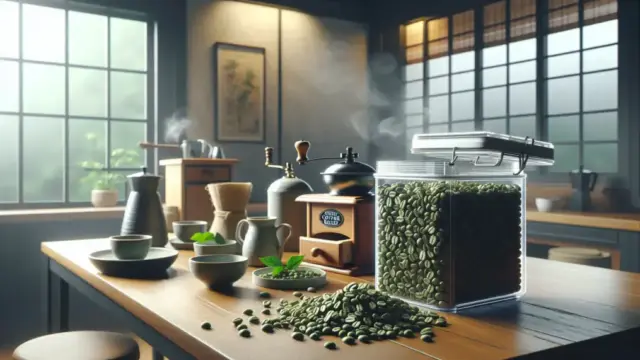
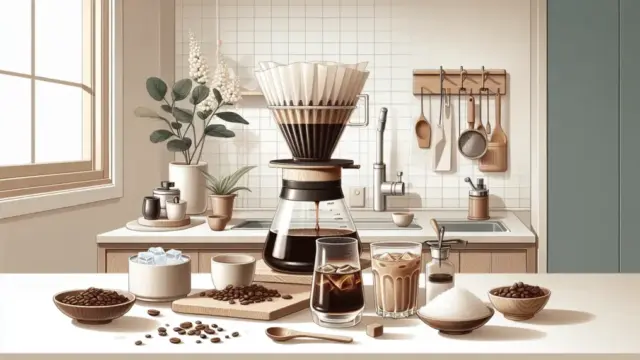
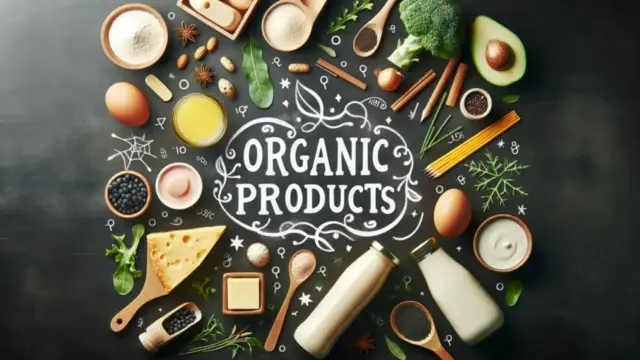



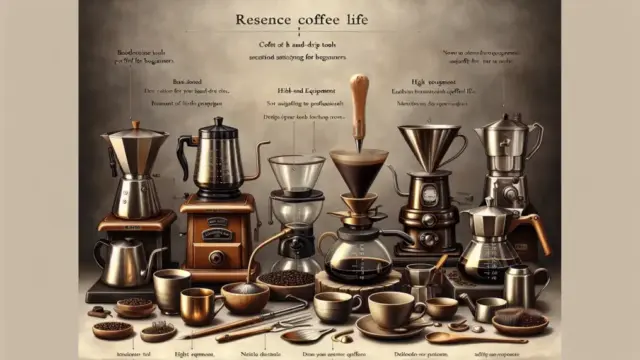




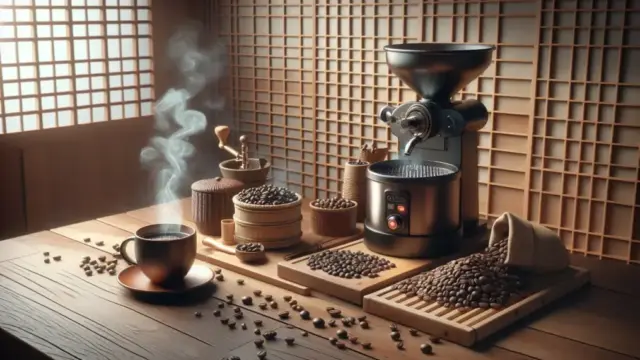
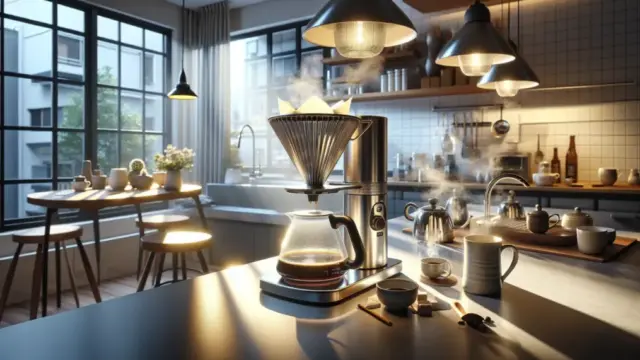






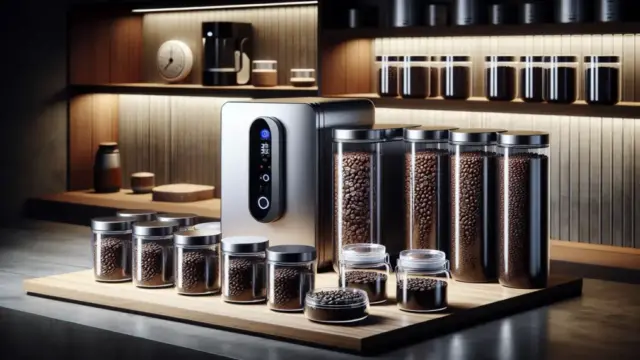


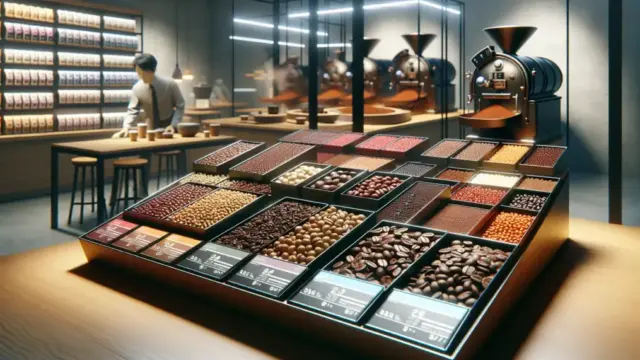
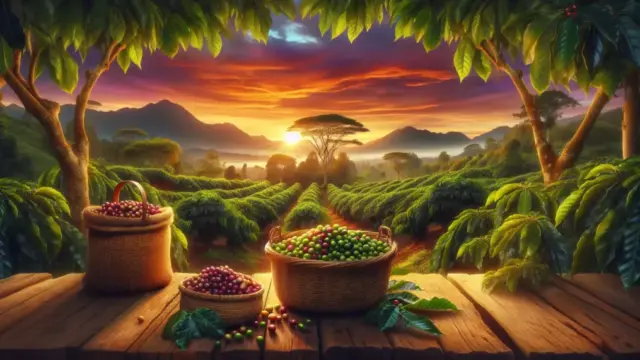

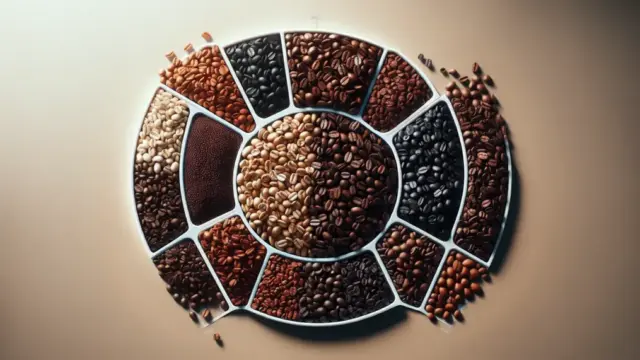





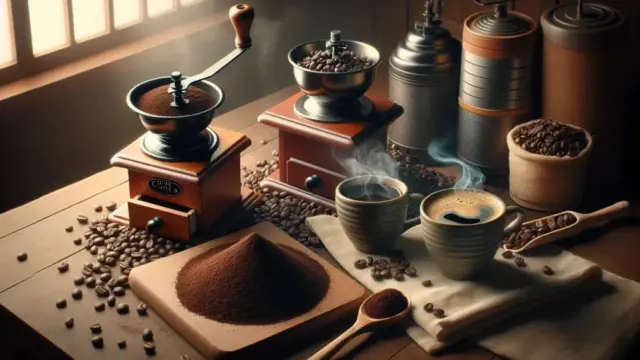










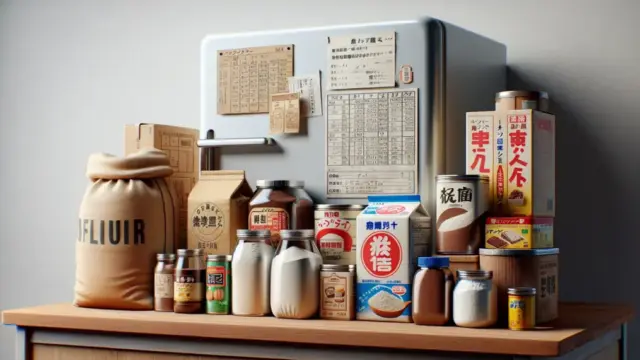








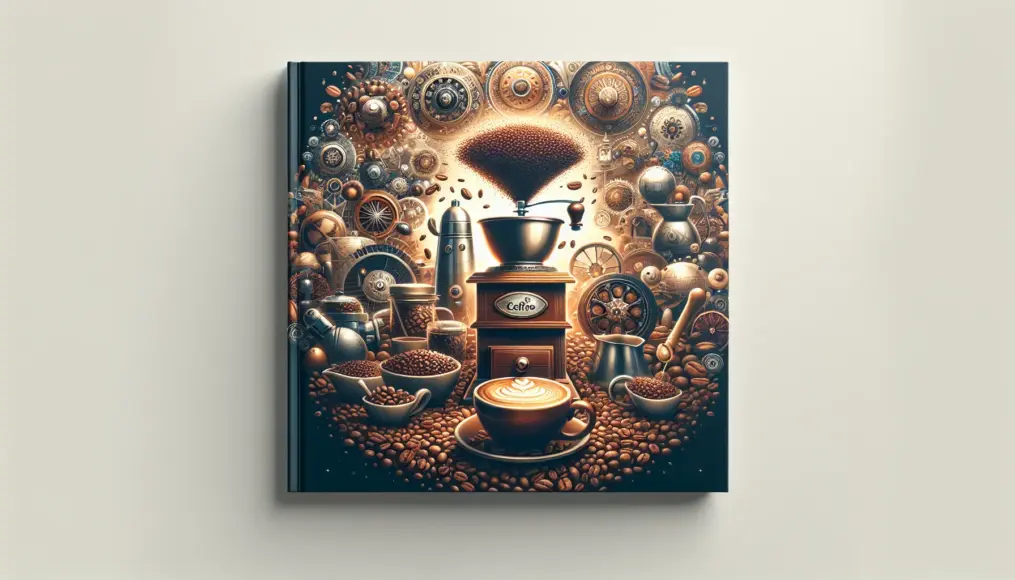
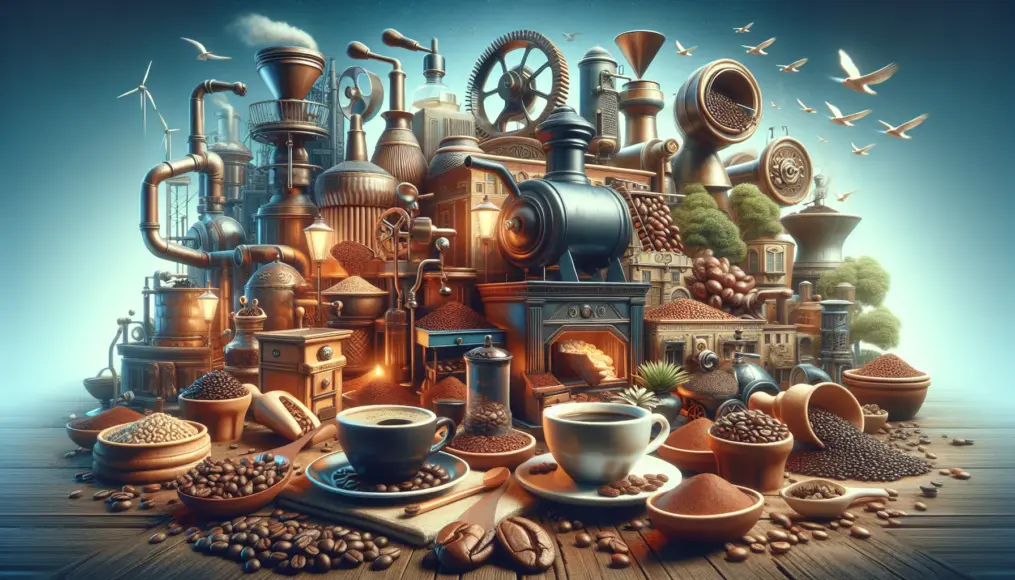
Comment